Given Valtteri Bottas and Lewis Hamilton were right to doubt the one-stop strategy Mercedes put them on in the French Grand Prix, it’s easy to shrug and say that teams should obviously listen to their drivers more on strategy. After all, they are in the car and can feel the tyres.
A two-stop strategy would ‘probably’ have allowed Bottas to finish third and could ‘potentially‘ have helped Hamilton win the race. But it is often not that simple.
As Ross Brawn – who pulled off some great strategies in his time on the pitwall – has explained, from the cockpit Hamilton and Bottas can only see part of the picture.
“Valtteri has been having an extremely frustrating time of late,” said Brawn. “He looked quite strong this weekend but was the biggest victim of Mercedes’ strategy. For a driver who probably had a view on what they should be doing, when the final analysis shows that’s what they should have done, I can imagine how difficult that is.
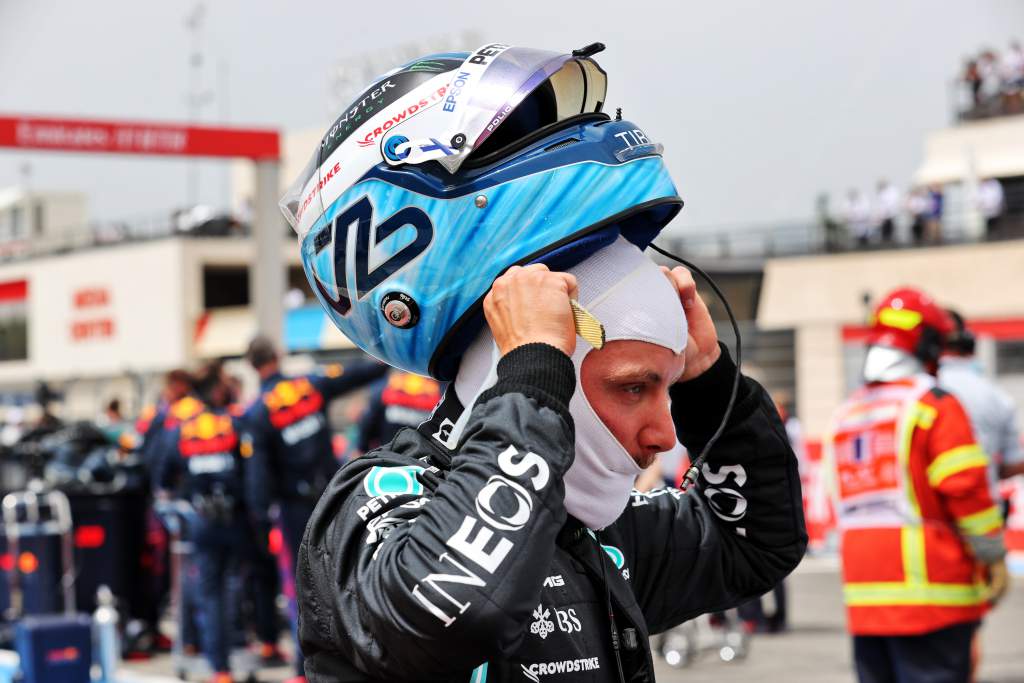
“I would say in fairness to Mercedes, if you followed what drivers wanted regarding strategy, I think the success percentage would decrease.
“There are definitely occasions when a driver’s view should be followed but they are majorly outweighed by the team getting it right as they have all the information and, in Mercedes case, they have engineers with more than 20 years of experience.”
I’ve been sat on the pitwall many times over the years, having to make those calls, and it’s not easy. You always listen to your drivers to get their opinions, but they only know what is happening with their car and those immediately around them.
Yes, you have double the information to go on because you have two cars on the track, if both are still running, but your rivals are also sending up smoke signals through their laptimes and strategy. It’s just a question of deciphering them.
Long gone are the days when you stuck your hand out from below what’s known as the ‘prat perch’ on the pitwall and decided if it was raining or not. Now it’s all about simulation, simulation and simulation.
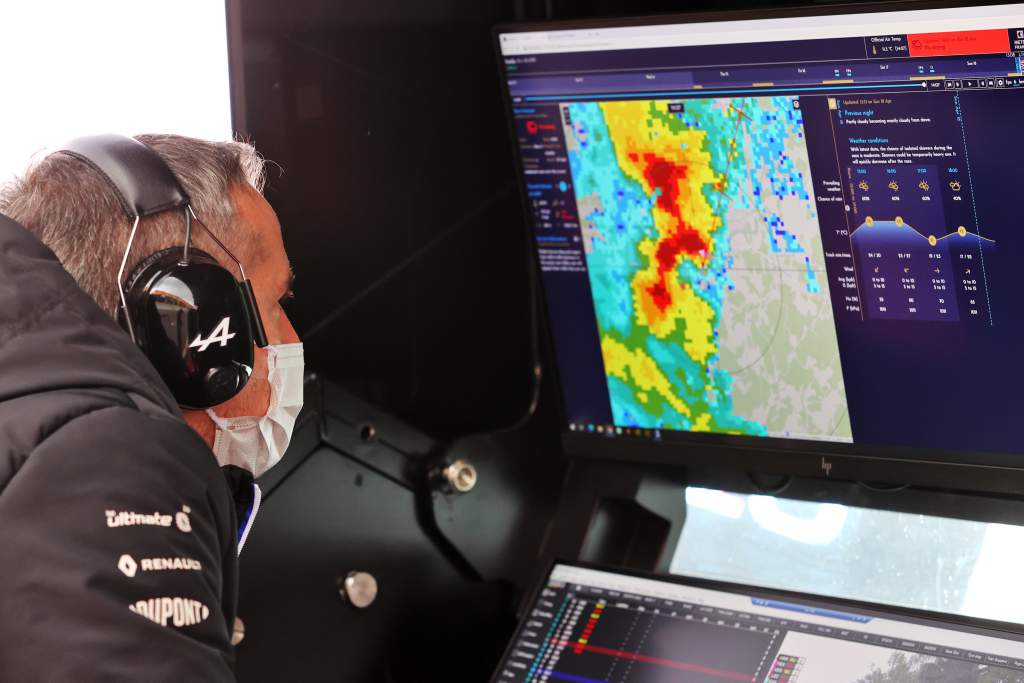
The problem with that is that if you are to believe in your simulations and live data-based models, they have to be correct. And you can have the best simulations in the world, but if the numbers you put into them are wrong, it won’t give you accurate information. I think Mercedes showed at Paul Ricard that they are far from being correct on that score.
Before the race, all of the teams will have carried out hundreds, if not thousands, of strategic scenarios. From that, they will likely come up with three plans – let’s call that Plan A, Plan B and Plan C.
These only work if everything goes as expected. Before having to take the decision of which plan to go for, there will be 10, 15 or perhaps even 20 extra race laps of data to factor in.
That’s not just from your own team’s cars. The team will be (should be) able to monitor all the cars in the race and that could change those decisions dramatically.
On top of that, not too many of the scenarios would have taken into account Verstappen spearing off at the first corner and Hamilton taking the lead. One thing I have always said is that race strategy has to be a living thing and someone needs to be living it every second of every lap of the race.
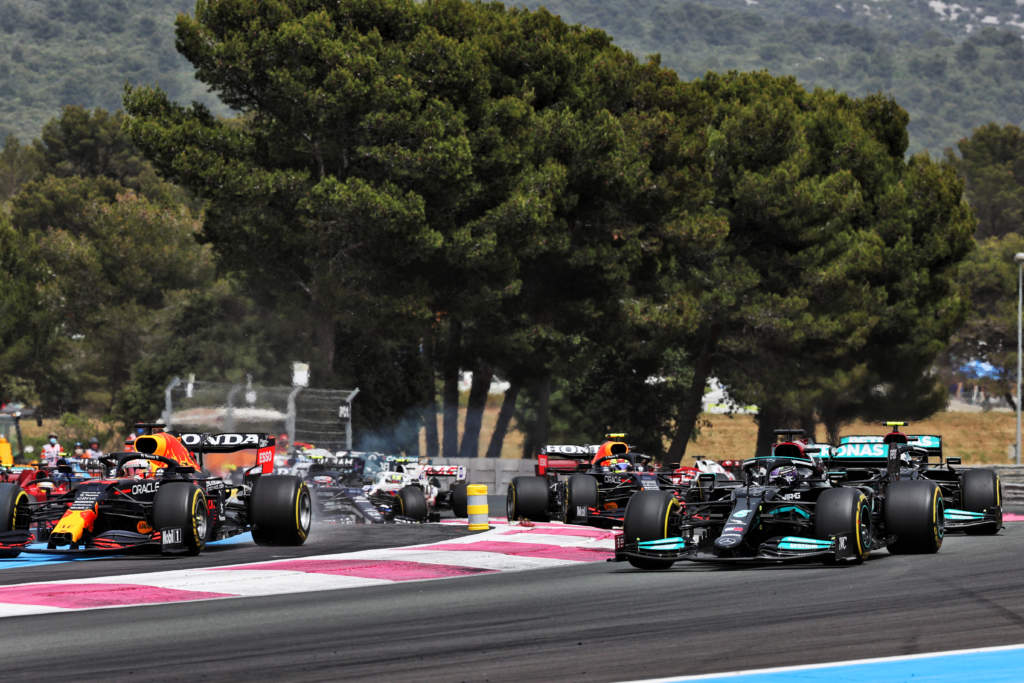
The driver is living that race, but from a very limited perspective. They can’t have the wider picture so they can only be one part of the data feeding into the process on the pitwall.
We see data on the screen that F1 produces to give the viewer guidelines as to what condition a specific driver’s tyres are in. Every team has its own tyre temperature and pressure, and also has a channel that predicts understeer or oversteer levels and traction levels. By using these data channels, teams should be able to monitor and predict their own tyre condition and potential life span much better than someone sitting in Biggin Hill.
If they are putting in laptimes that are in line with there own predictions, competitive with their direct rivals, the tyre temperatures and pressures are stable over the lap and they are not showing too much of a balance problem, then they are in good shape.
If the rears are heating up and the pressures are rising with increasing wheelspin and the balance channel is showing a bit of oversteer – basically, it’s this sort of information that you need to take notice of.
At Paul Ricard, Leclerc was first in the pits on lap 15. Then we had Ricciardo, Alonso, Sainz, Gasly and Bottas, who Mercedes said had to pit early because of a flat spot causing a potential suspension-breaking vibration. All of these drivers showed that the undercut looked to be strong which meant that fresh hard tyres were better than used medium.
Next in was Verstappen, who was running second about three seconds behind at the end of lap 19. Then Hamilton, who was leading at the end of lap 20, came in.
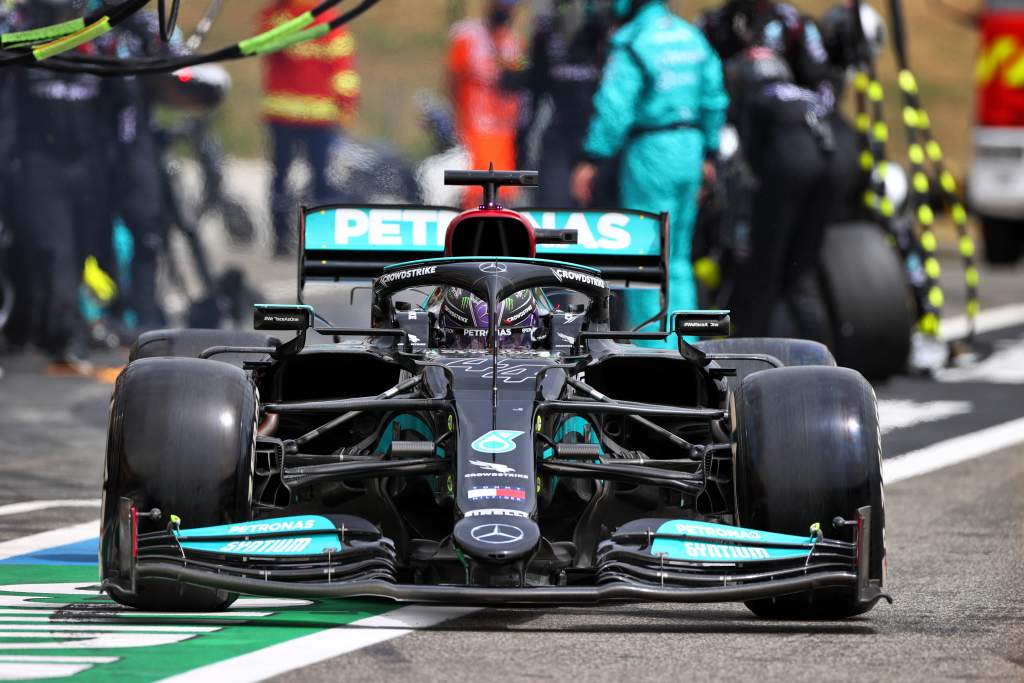
This was only two laps later than Bottas and when you consider that Toto Wolff said Mercedes pitted Bottas early because of a flat spot, Hamilton’s stop also seems fairly early. Obviously, Mercedes did it to cover Verstappen but it didn’t work and the Red Bull driver took the lead comfortably.
If the Plan A was to pit on lap 20 and then run the hards to the end, then fine. Running 33 laps on the hards is not too much to ask, but it depends on what the competition is like and with Verstappen having taken the lead and on the same tyres the competition was clearly going to be tough.
Add to that the speed of the Red Bull down the straight and passing was not going to be easy. As we all know, when the car you are racing with is very close in performance then it is almost impossible unless they make a mistake or the dreaded DRS is too powerful.
Thankfully, at Paul Ricard it isn’t, it’s just enough to get you up close but not enough for a simple mirror – signal – manoeuvre overtake.
It was during this period when Hamilton was giving it his best shot and following Verstappen fairly closely that Mercedes should have been using the data that I mentioned above. Using that to add to your earlier strategy simulations would probably have shown than that the W12 taking much more out of that set of hard tyres than predicted. It would probably also have indicated the need to convert to the fastest two-stop strategy possible. Instead, Mercedes stuck with the earlier plans and stayed committed to a one-stop for both drivers.
Red Bull and Verstappen took the brave move and dived from the lead into the pits on lap 32, fitted mediums and headed back out in second with 21 laps to go and 18 seconds behind. At that time, I thought Red Bull had pulled that move just a few laps too early.
When Verstappen pitted the gap to Hamilton was building, so two or three laps longer would have left him fewer to do on the medium tyre. The Red Bull pitwall had set him a challenge, just as Ross Brawn had done with Michael Schumacher on many occasions. And Max as Michael would have done bought into it, responded and pulled it off – just.
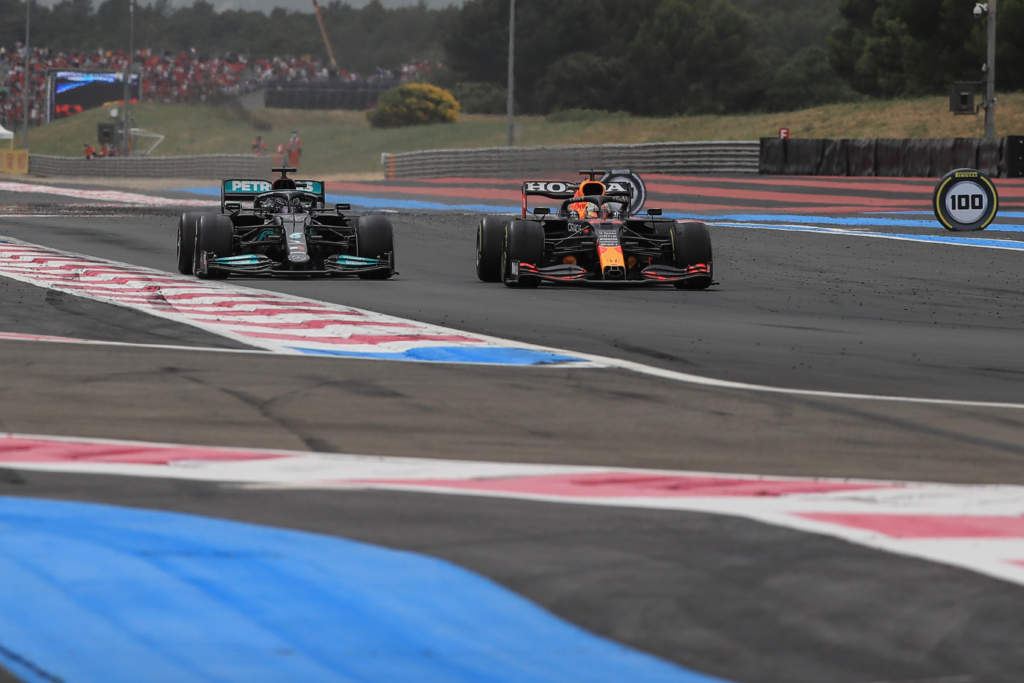
But the fact it was so close also shows why Mercedes wasn’t completely wrong to try a one-stopper – others managed it and came home with a good result and Hamilton came close to winning. If Bottas had been better at managing his tyres and perhaps not had to attack so much at the start of his second stint, perhaps it would have been a different story. So there’s more to it, even when the drivers had a valid point about stopping twice.
I think there biggest problem to sort is why Mercedes’ model told it Hamilton was safe with a three-second lead to pit for that first time and still keep the lead.
It’s easy to use hindsight and come up with the perfect solution but both teams could have done better, Red Bull not by much but Mercedes by enough to have probably won the race.
TAKE THE BLINKERS OFF
Reading the race as it unfolds using data drawn from the other cars as a guideline to what happens when they pit. That doesn’t necessarily mean jump ship on your own plans, but use it as a guideline to confirm or question your own plans.
LIVE TYRE PERFORMANCE
Use your own live data to understand your tyre usage better. With the reduced practice sessions, there is not as much time to get data and even then it is always difficult to get a decent run of 10 laps or more to get any real race tyre info. Anything less is a waste of time.
STOP EARLY, GO AGGRESSIVE
If you have to pit early, in Bottas’s case because of a flatspot, commit to converting from a scheduled one-stop to a two -top. That way, he can drive the wheels off the car during that middle stint instead of protecting them hoping to go all the way and then finding out they fall off the cliff six or eight laps before the end.
DON’T GO TOO EARLY
In Red Bull’s case, I would have run a few more laps in that middle stint. Initially, Verstappen was two seconds faster than Hamilton but that soon diminished to one second and then tenths of a second, knowing that no matter what car or tyre that they were on it was always going to be the last laps that would be the most difficult. That’s the time when you need the tyre advantage the most.
After the race, you need to review everything and re-run your simulations compared to the real event and try to find out why you made those decisions. And as part of that, you will take the drivers’ feedback on board – although when the dust has settled they will accept that even when things go wrong, they aren’t always in the best position to make the call.
That’s why I’d agree with Brawn that you would get more negative outcomes than positive ones. The drivers are part of the process, they need to put forward their ideas but more importantly they need to buy into whatever the final decision is, just as Schumacher did on many occasions.
And when it comes to reviewing those decisions, whether they are right or wrong doesn’t really matter because you will always learn something that will allow you to make your decisions with more confidence in the future.
Remember, every day is a school day.





